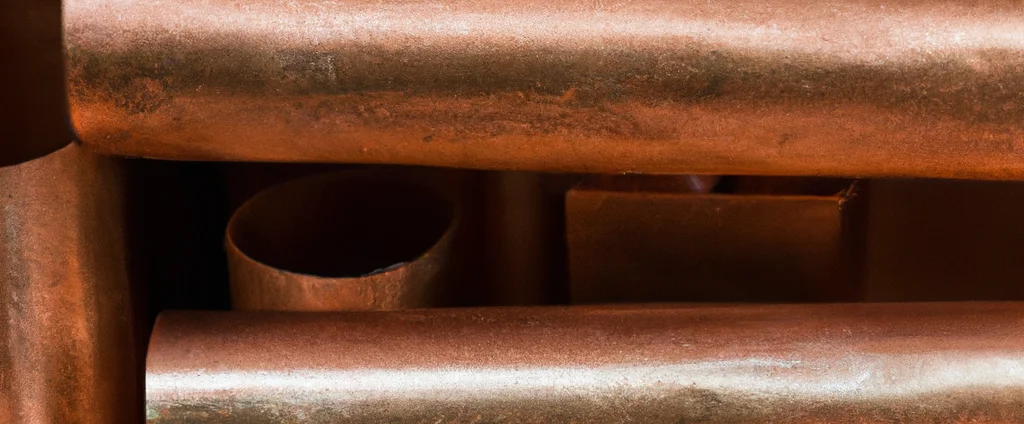Electrolytic Tough Pitch Copper (UNS C11000)

Copper C11000, also known as electrolytic tough pitch (ETP) copper, is a commercially pure copper alloy. It is one of the most widely used copper alloys due to its excellent electrical and thermal conductivity, corrosion resistance, and malleability.
| Chemical Composition | ||
|---|---|---|
| Element | Min | Max |
| Copper | 99.9% | —— |
The following table provides a list of copper C11000 properties in both SI and US customary/Imperial units.
Click on the button to switch between Metric and Imperial units.
| Physical Properties | Metric |
|---|---|
| Density | 8890 kg/m3 |
| Mechanical Properties | Metric |
| Tensile Strength (Ultimate) | 220 - 410 MPa |
| Tensile Strength (Yield) | 69 - 390 MPa |
| Shear Strength | 150 - 230 MPa |
| Young’s Modulus (E) | 115 GPa |
| Shear Modulus (G) | 44 GPa |
| Elongation at Break | 50% |
| Poisson’s Ratio (ν) | 0.34 |
| Thermal Properties | Metric |
| Melting Point | 1065 - 1083 °C |
| Thermal Conductivity | 390 W/m·K |
| Specific Heat Capacity (Cp) | 385 J/kg·K |
| Coefficient of Thermal Expansion (αL) | 1.7×10-5 1/°C |
| Electrical Properties | Metric |
| Electrical Conductivity | 5.8×107 S/m |
| Electrical Resistivity | 1.7×10-8 Ω·m |
The values in this table are approximate and can vary depending on various factors such as the specific manufacturing process and heat treatment applied to the alloy.
Advantages & Disadvantages of Copper C11000
| Advantages | Disadvantages |
|---|---|
| Excellent electrical conductivity | Low strength and hardness |
| High thermal conductivity | Vulnerability to stress corrosion cracking |
| Good corrosion resistance | High cost |
| Malleability and formability | Limited temperature resistance |
| Excellent solderability and brazing |
Applications of Copper C11000
Copper C11000 finds numerous applications across various industries due to its excellent electrical conductivity, thermal conductivity, corrosion resistance, and malleability. Key applications include:
- Electrical Wiring and Conductors: Extensively used in electrical wiring and conductors due to its high electrical conductivity. Employed in residential, commercial, and industrial buildings to transmit electricity efficiently and safely.
- Electrical Components: Used in the production of electrical components such as connectors, terminals, switches, and printed circuit boards (PCBs). Its excellent electrical conductivity ensures reliable performance and low electrical losses.
- Heat Exchangers: The high thermal conductivity makes it suitable for heat exchangers, where it efficiently transfers heat between two fluids or gases. Commonly used in HVAC systems, refrigeration units, and industrial processes.
- Plumbing Systems: Widely used in plumbing systems for water supply and distribution. Its corrosion resistance, malleability, and ease of installation make it a preferred choice for pipes, fittings, valves, and faucets.
- Architecture and Construction: Utilized in architectural applications due to its aesthetic appeal and durability. Used for roofing, gutters, downspouts, decorative elements, and as cladding for buildings. Its corrosion resistance ensures longevity even in outdoor environments.
- Electronics and Telecommunications: Employed in these industries for various applications including printed circuit boards (PCBs), connectors, switches, transformers, and electromagnetic shielding due to its excellent electrical conductivity and reliability.
- Industrial and Manufacturing Equipment: Used in various equipment including heat sinks, radiators, heat exchangers, and electrical motor components. Its high thermal conductivity and electrical conductivity make it suitable for efficient heat dissipation and electrical performance.
